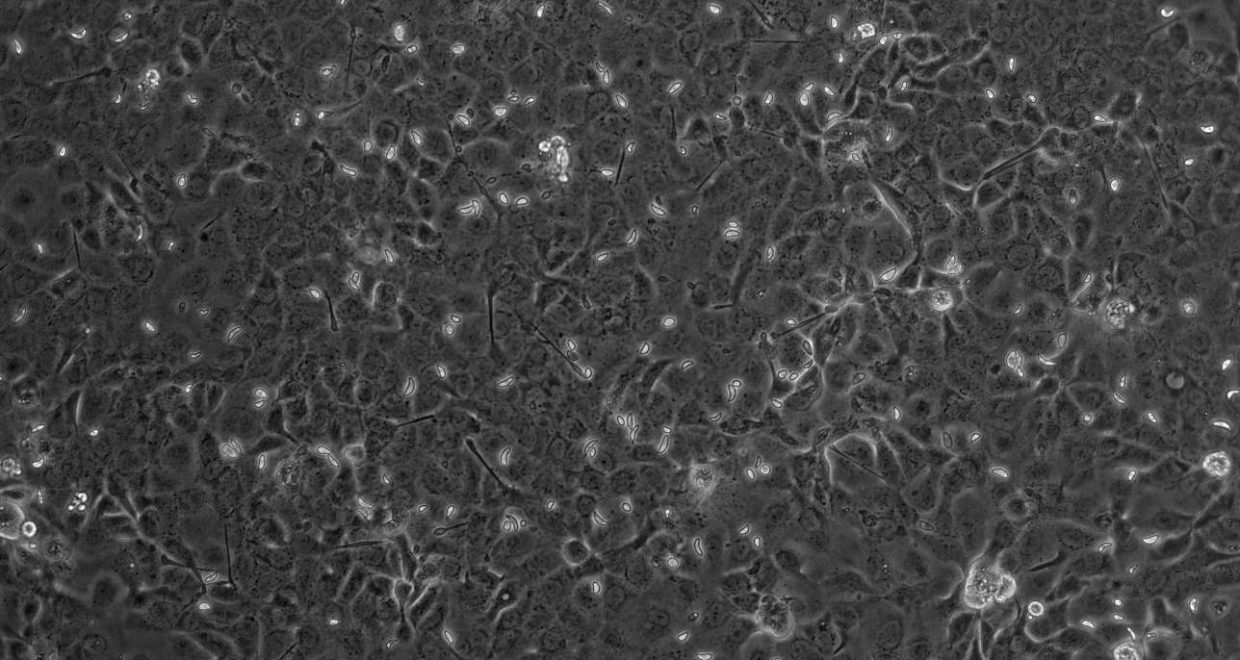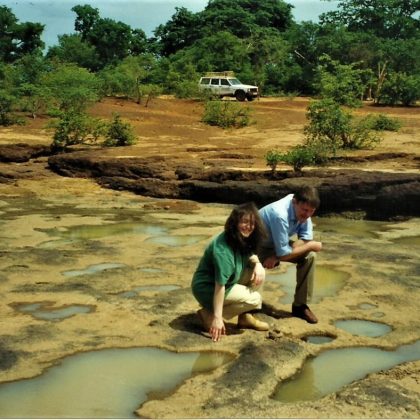A novel culture model for Cystoisospora suis
We are delighted to announce Parasitology’s joint-prize winners for the 2022 Early Career Researcher Award (for papers published in the journal in 2021). Only researchers who are no more than 7 years post award of their PhD were eligible to receive the award. Decisions on the winning papers were made by Russell Stothard and his team of supporting Editors.
The winning papers really reflect academic excellence within laboratory culture and experimental observation studies. We hope each article will be one of many within their future efforts in parasitological research. We wish them all the very best in the next steps of their careers.
Cystoisospora suis is an intestinal protozoan parasite of swine, especially of suckling piglets. It severely affects the host by causing diarrhoea and reduced weight gain. This considerably impairs animal health, welfare and productivity. The parasite has a worldwide distribution, and infections are very common. The parasite belongs to the phylum Apicomplexa, which also includes other species of great medical and veterinary relevance by causing malaria, toxoplasmosis or coccidiosis.
The life cycle of the parasite takes place in the cells lining the gut of the host and is characterized by an asexual multiplication followed by sexual development with two distinct sexual stages, the micro- and macrogametes, which fuse to form a zygote from which the enduring environmental stage, the oocyst, arises. Infected host animals shed oocysts with their faeces, which then contaminate the environment and lead to infection of further hosts. Oocysts in the environment remain infectious for months. Once ingested by a new host, the life cycle of the parasite can continue. Only a small number of asexual stages is sufficient to infect the host’s gut cells, multiply in high numbers and differentiate into sexual stages. During the differentiation step the number of parasite stages decreases again, hence this step is considered a developmental bottleneck, because immune mechanisms face a minimum of parasite cells at this stage. This is considered to be relevant for all major Apicomplexan parasites.
Previously, the lack of models supporting the entire life cycle of this group of parasites has been highly prohibitive for more detailed research. However, the life cycle of Cystoisospora suis cannot only be demonstrated in animal experimental models, but also in a cell culture system, and sexual stages can also be propagated in a novel host cell free culture system. In all three systems, the life cycle progression and morphology of all parasite stages are morphologically and genetically the same and can therefore be used for system-specific research purposes. As both in vitro culture systems are comparable with the natural life cycle in the animal, they help to decrease the amount of animal experiments in the sense of the three R requirements needed to study this parasite and could stand as a model for related protozoan parasites.
This host cell free culture system provides a new tool for detailed research on the development of C. suis and related species, such as Toxoplasma gondii. We could demonstrate that interfering with fertilisation during the parasite’s life cycle can block further development and be considered as the basis for effective transmission-blocking control measures.
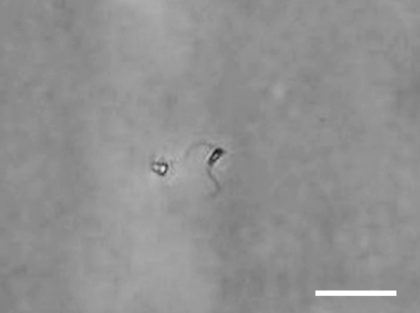
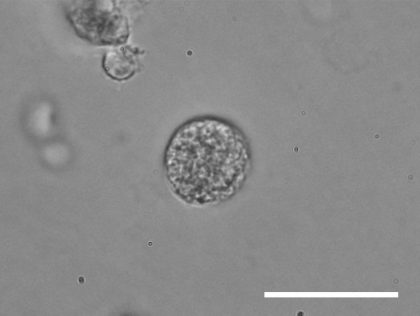
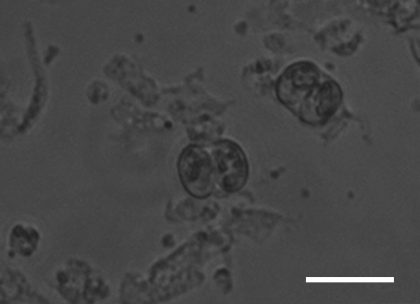
Anna Sophia Feix has been awarded the Early Career Researcher Prize for submitting the paper entitled: Progression of asexual to sexual stages of Cystoisospora suis in a host cell-free environment as a model for Coccidia and is freely available to download.
